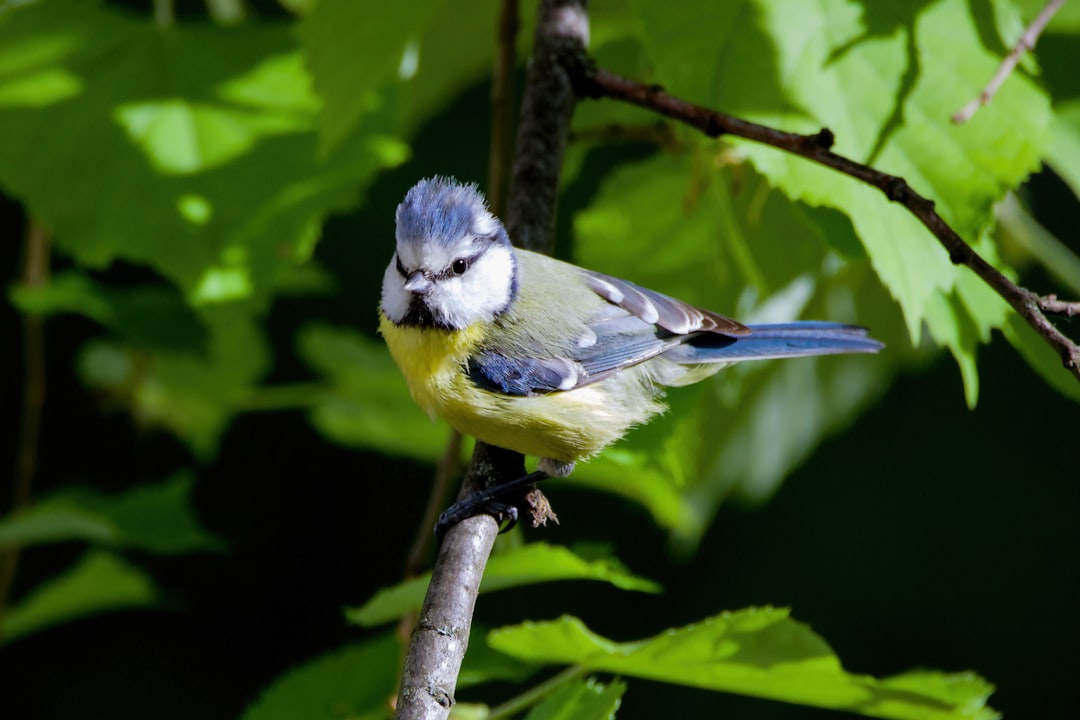What is it about?
Two cDNA libraries corresponding to the resistant (RT) and susceptible (SP) cacao-M. perniciosa interactions were constructed from total RNA and expressed sequence tags (ESTs). These libraries were used to identify genes expressed during the Theobroma cacao-Moniliophthora perniciosa interaction. Despite the similar overall distribution of the sequences in functional categories between the two libraries, qualitative differences were observed. Genes involved in the defence response to pathogen infection or in programmed cell death were identified, such as pathogenesis related-proteins, trypsin inhibitor or oxalate oxidase, and some of them showed an in silico differential expression between the resistant and the susceptible interactions.
Featured Image
Why is it important?
Witches' broom disease is caused by the hemibiotrophic basidiomycete Moniliophthora perniciosa, and is one of the most important diseases of cacao in the western hemisphere, but very little was known about the global process of its disease development.
Perspectives
These data were used to look for SNPs and to enrich genetic maps based on a better understanding of the molecular mechanisms of resistance and susceptibility of cacao to M. perniciosa in order to control witches' broom disease by marker-assisted selection.
Nicolas Carels
Oswaldo Cruz Foundation
Read the Original
This page is a summary of: Comparative Analysis of Expressed Genes from Cacao Meristems Infected by Moniliophthora perniciosa, Annals of Botany, June 2007, Oxford University Press (OUP),
DOI: 10.1093/aob/mcm092.
You can read the full text:
Resources
Contributors
The following have contributed to this page










